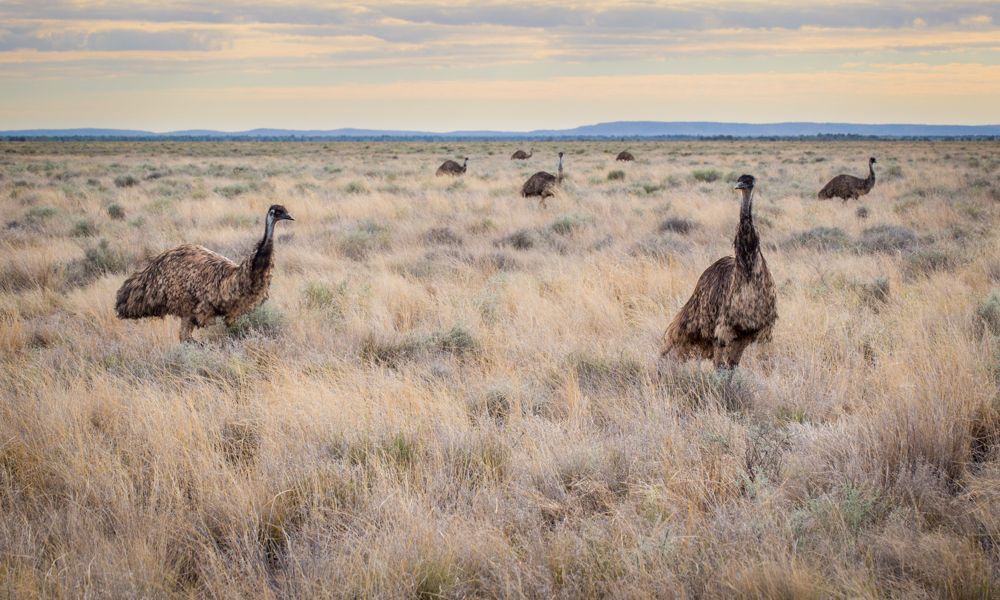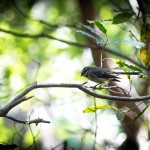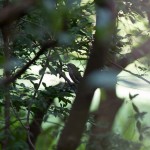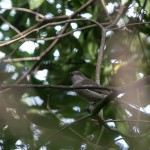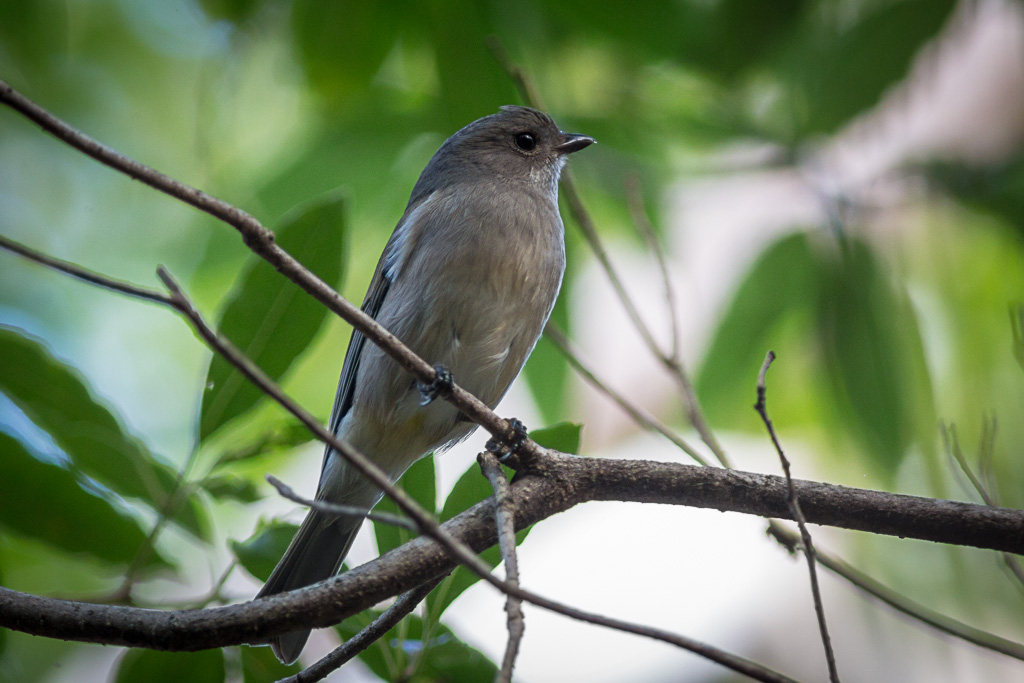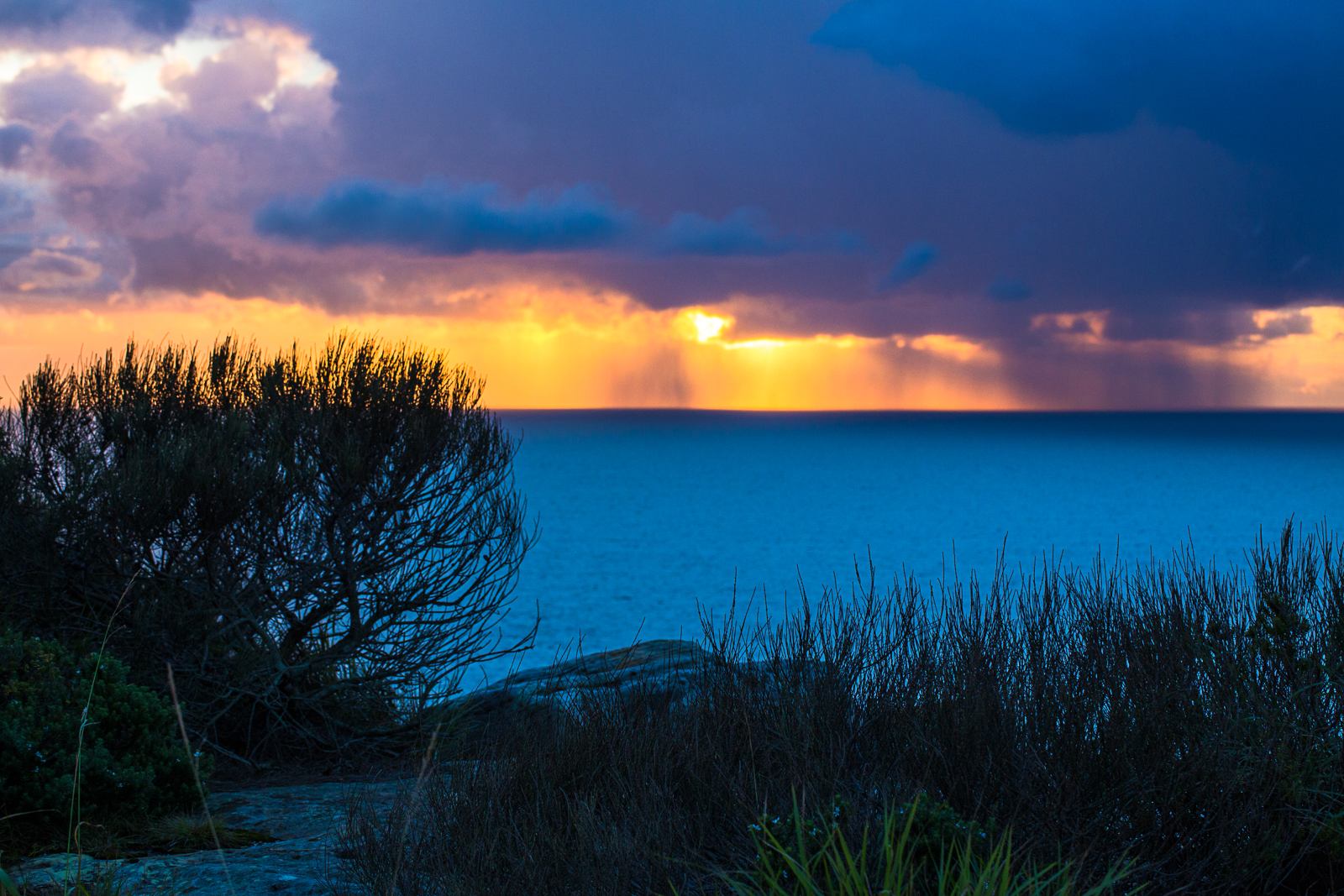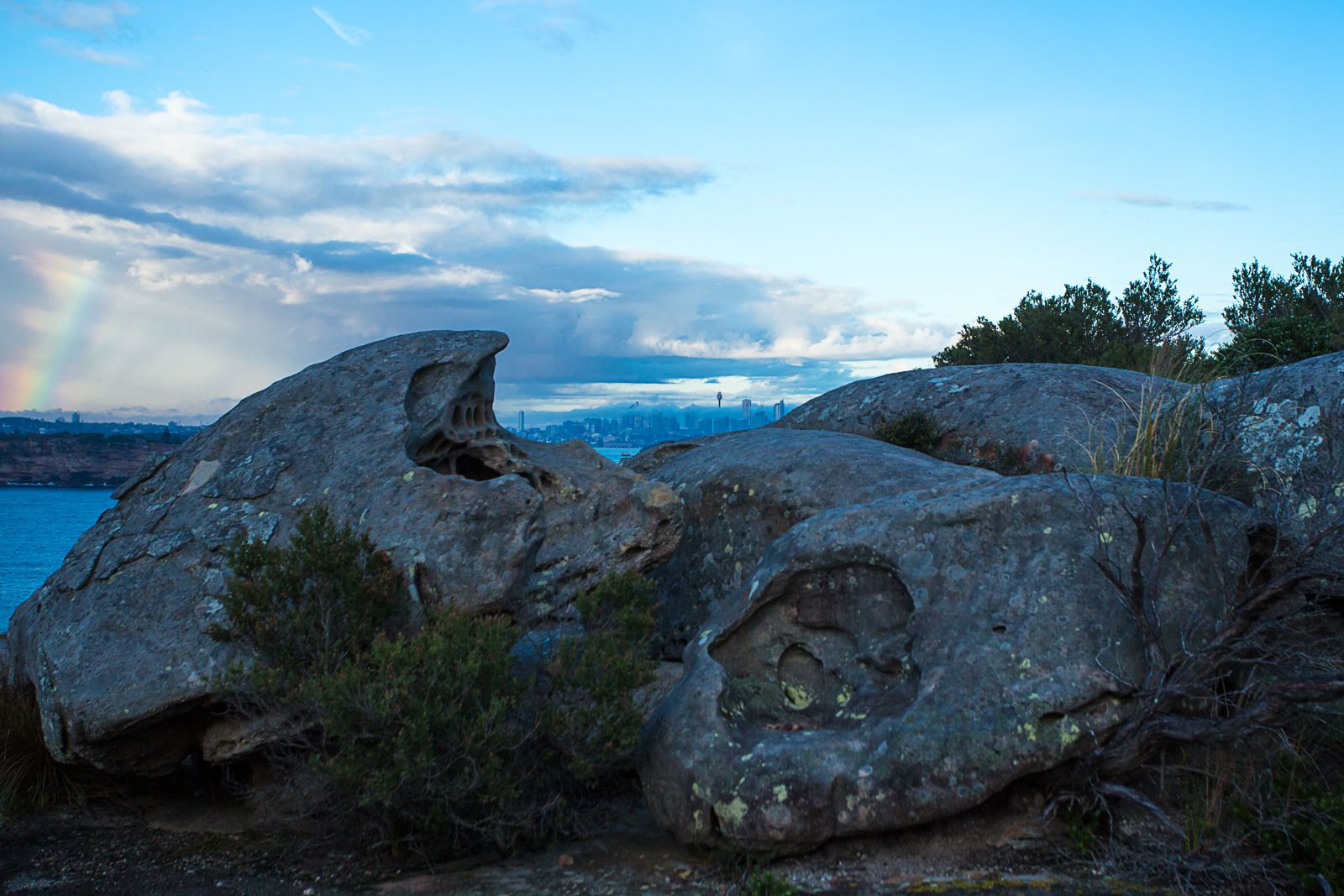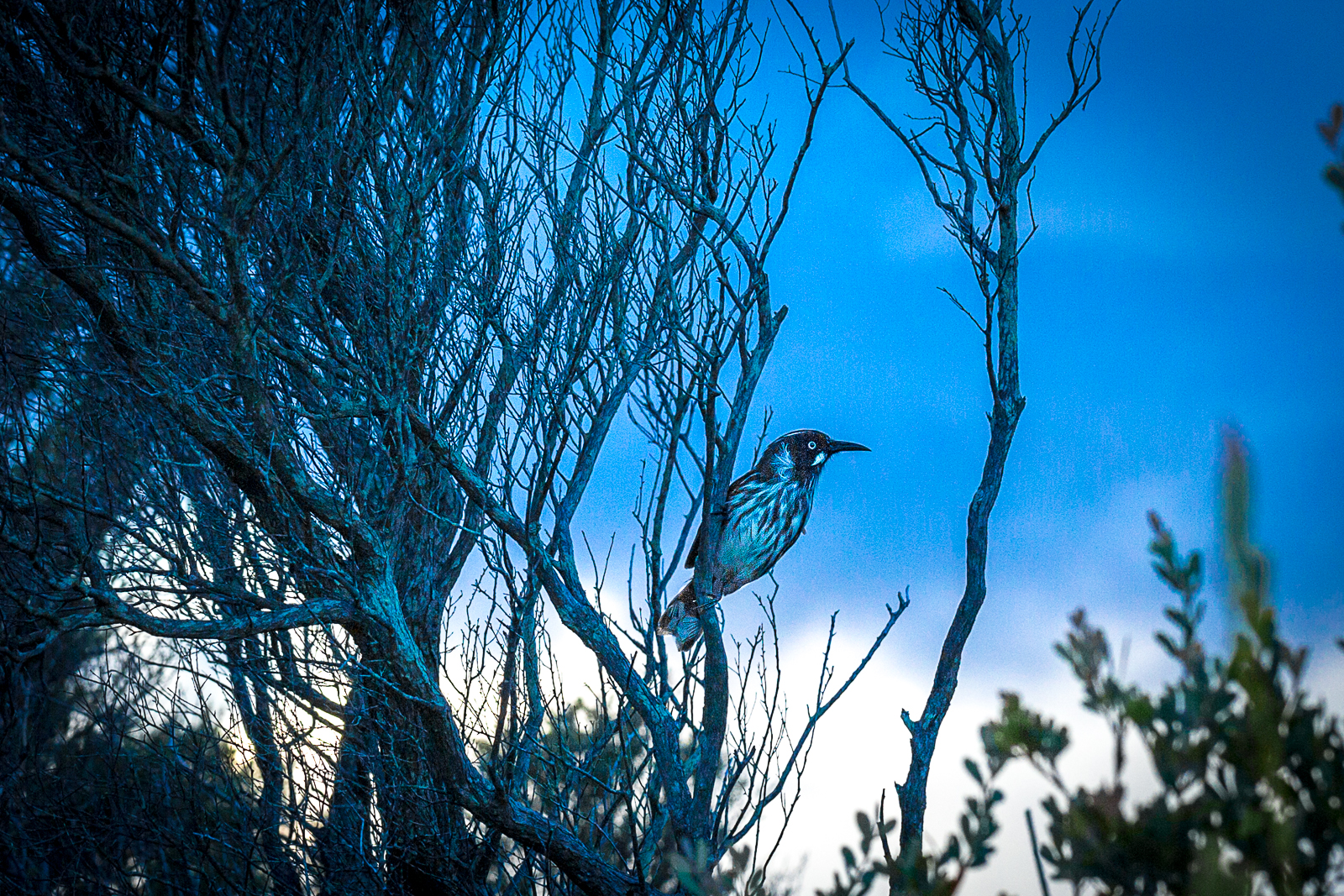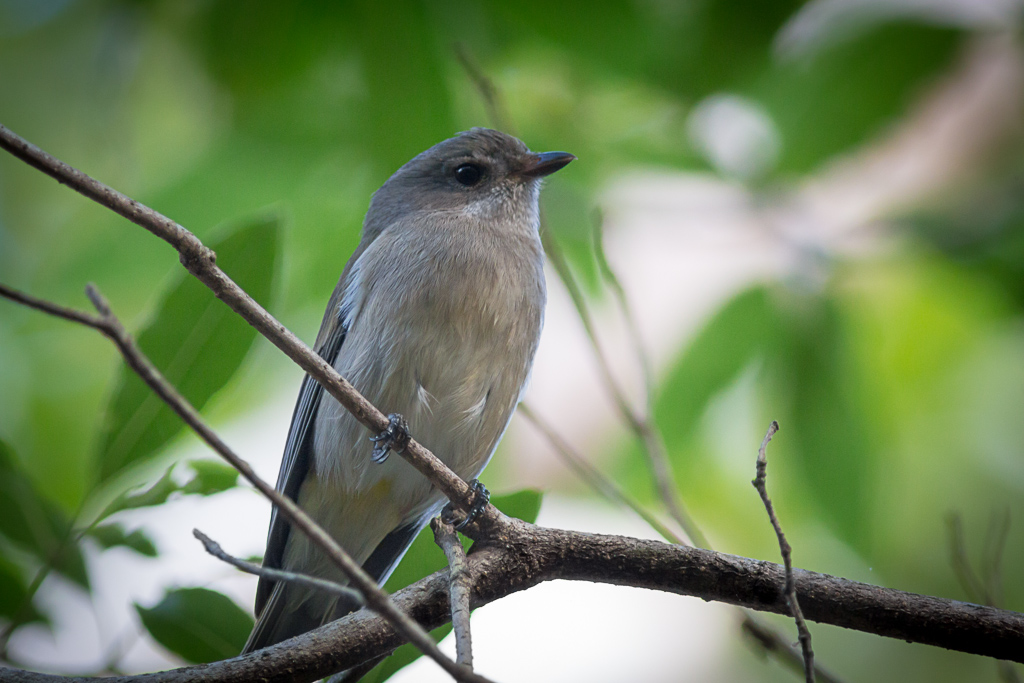 I live in suburban Sydney close to the CBD and it’s usual that with monotonous regularity, aggressive birds dominate. Despite my proximity to bushland, it seems few species of birds are around. So, any change to this scene, such as a new visitor the Golden Whistler, I greet with joy.
I live in suburban Sydney close to the CBD and it’s usual that with monotonous regularity, aggressive birds dominate. Despite my proximity to bushland, it seems few species of birds are around. So, any change to this scene, such as a new visitor the Golden Whistler, I greet with joy.
I updated my Canon 5d Mark III this week with the new firmware which allows me to get an auto focus (AF) function with my 300mm and 2X extender along with clean HDMI out. I produce video. The video capability is why I bought this camera and I am pleased with the clean HDMI, it is just that the stills capability has me more excited.
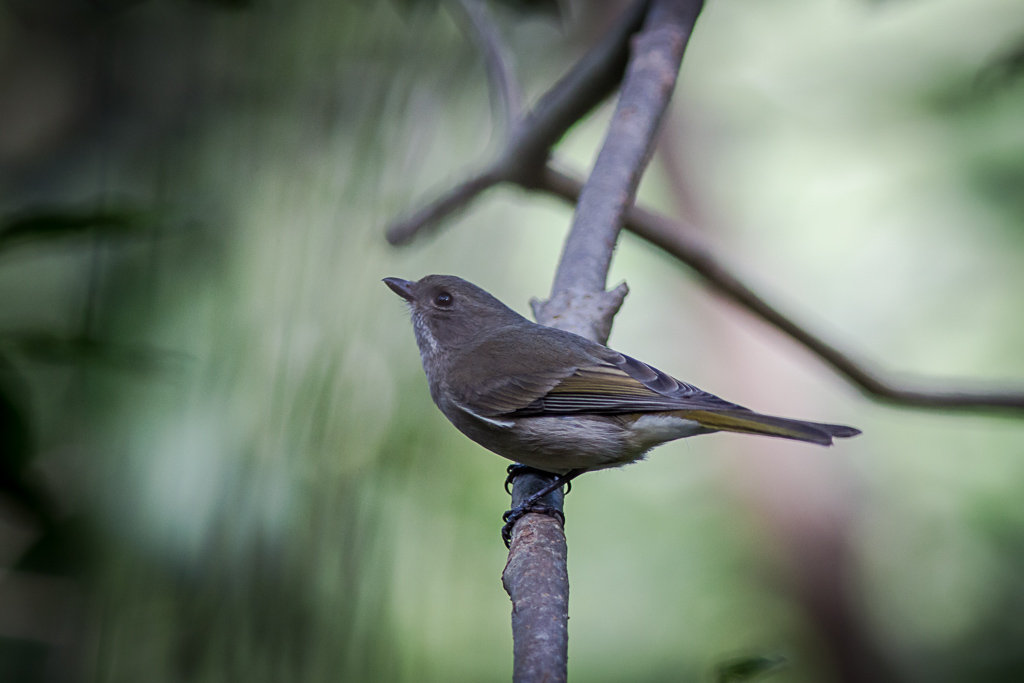 This Golden Whistler has been around the patch of degraded urban bush below my house for a while. She seems to be a daily visitor, feeding on insects amongst a patch/thicket of Pittosporum (Pittosporum undulatum), Small Leaf Privet (Ligustrum sinense), Broad-leaf privet (Ligustrum lucidum) and Cheese tree (Glochidion ferdinandi) that has an understory of Fish-bone fern (Nephrolepis cordifolia).
This Golden Whistler has been around the patch of degraded urban bush below my house for a while. She seems to be a daily visitor, feeding on insects amongst a patch/thicket of Pittosporum (Pittosporum undulatum), Small Leaf Privet (Ligustrum sinense), Broad-leaf privet (Ligustrum lucidum) and Cheese tree (Glochidion ferdinandi) that has an understory of Fish-bone fern (Nephrolepis cordifolia).
I saw a flock of Grey Fantails there during the week and my neighbour says that small birds are more common since the death of his neighbour’s cat. One thing for sure is the importance that this degraded bushland represents as habitat for bird species that need a refuge from the more common, dominant and aggressive birds.
It was dark this morning and the (AF) function wasn’t really able to cope with the complexity of the scene and the low light. It is a joy to get the functionality of audio feedback for focus with the lens but I was disappointed with the technology. I am no expert, I am still learning how to use the 5D and perhaps it is the operator’s expectations rather than the firmware/camera.
Nonetheless, I got a few pictures I am pleased with of a bird that I haven’t been familiar with. The female Golden Whistler is a fairly plain bird particularly when compared to it’s male counterpart which I am yet to see. The sexual dimorphism that birds often exhibit is incredible. The sexual competition that makes males exhibit their fitness so wonderfully is one of the joys of life. I can’t wait to see and photograph the male, there has to be one around.
